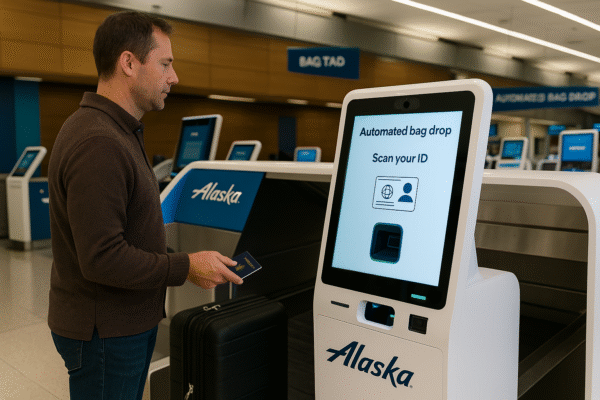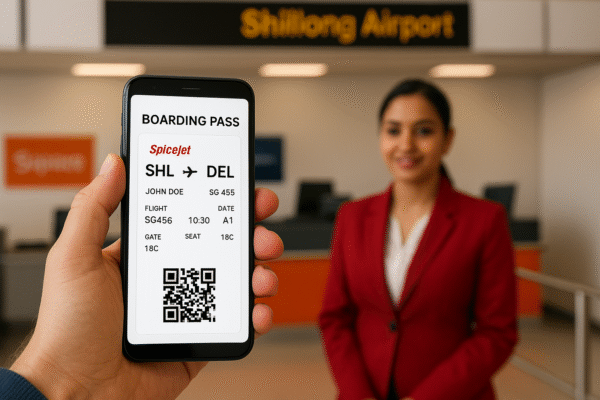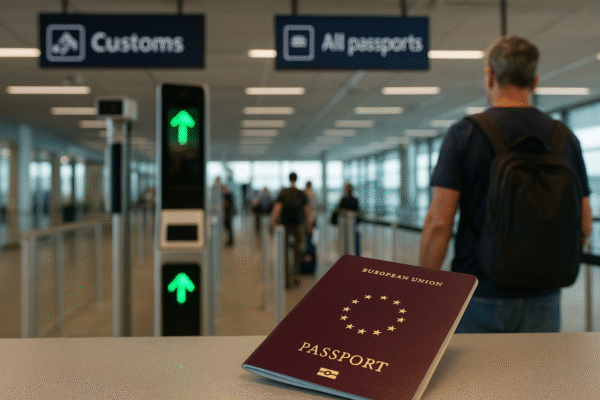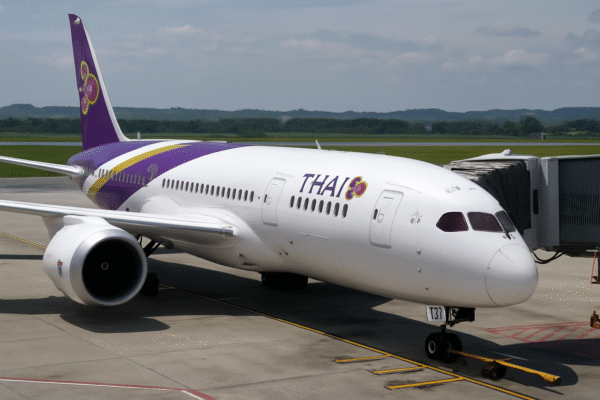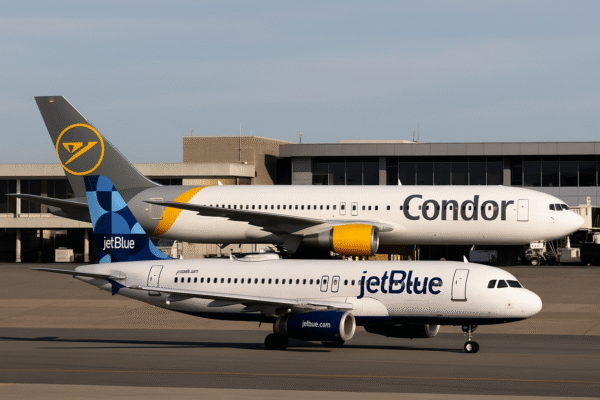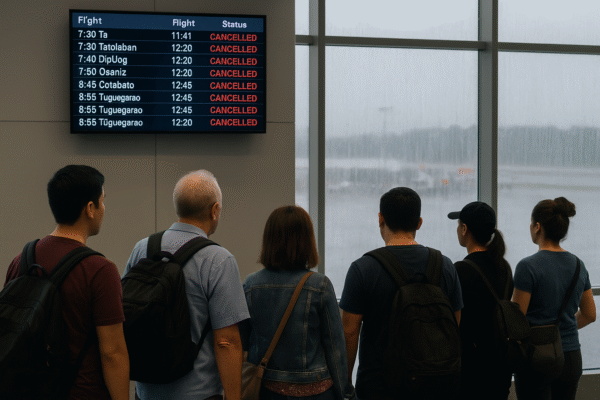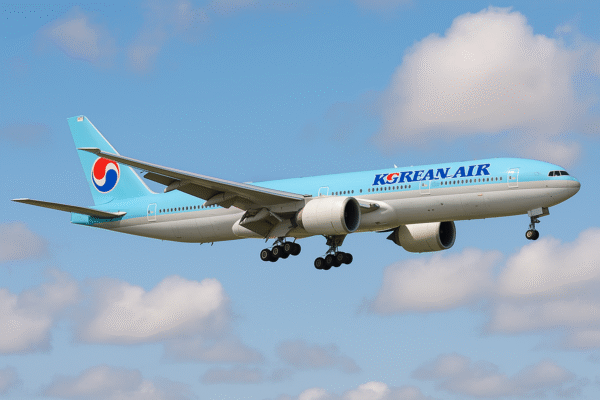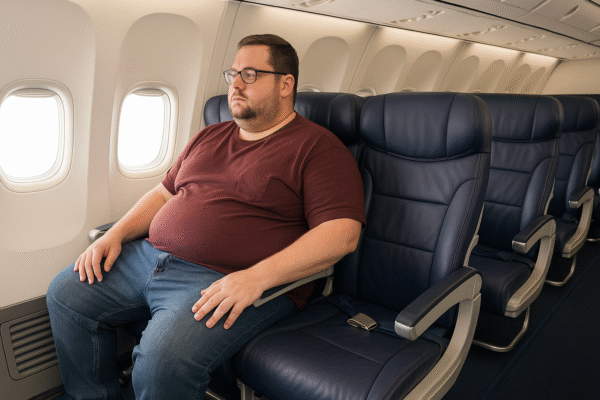As travelers look ahead to smoother, more predictable flights, Southwest Airlines is rolling out a bold update that may reshape how plus-size passengers—and indeed everyone—plan their journeys. Set to take effect on January 27, 2026, this policy pivots Southwest from its long-standing open-seating tradition to a structured, assigned-seating model—and introduces new guidelines for those needing more space.
For years, Southwest’s approachable approach allowed plus-size travelers to pre-book an extra seat with the possibility of a refund, or request one at the gate—often with no extra fee. Now, the airline is requiring customers who cannot fit comfortably between the armrests to purchase an extra seat in advance, with refunds only possible under defined conditions. These include having both seats booked in the same fare class, requesting the refund within 90 days, and the flight not being full at departure.
From a traveler’s perspective, this brings clarity—but also added preparation. Gone is the “show up and hope” approach. Now, travelers who are plus-size must plan ahead or risk being rebooked if no extra seat is available at the airport. This shift comes as Southwest introduces the ability to select seats during the booking process—a significant service upgrade for many passengers who prefer knowing exactly where they’ll sit.
Indeed, assigned seating is being embraced as a long-awaited feature, ending the era of boarding queues and scramble for preferred rows. With the new fare bundles and cabin upgrades, customers can pick Standard, Preferred, or Extra Legroom seats directly during booking—offering predictability and comfort, especially for families or those with accessibility needs.
But as Southwest leans into structure, some passengers and advocates voice concern. Critics argue the extra-seat requirement disproportionately affects plus-size travelers—adding financial and emotional burden. There are worries it may deter some individuals from flying with Southwest, a brand once known for its inclusive ethos. “It makes the flying experience worse for everybody,” one travel advisor focused on plus-size travel lamented, pointing to how the policy undercuts Southwest’s historical identity as traveler-friendly and accessible.
Yet, from a tourism and operational standpoint, Southwest sees this as part of a broader evolution, aligning with modern practices across the airline industry. Many carriers now charge for seat selection, add legroom fees, and channel ancillaries into their core revenue strategy. Assigned seating—with clarity and tier-based boarding—promises faster, more efficient boarding and smoother gate experiences.
For vacationers and business travelers, the new system carries both gains and costs. On one hand, predictability is a win—you’ll know at booking where you’ll sit, whether that’s up front, near the exit, or in spacious legroom seats. On the other hand, those who need extra width yet prefer late-minute flexibility might find the new structure less accommodating.
In terms of travel planning, here’s what you should keep in mind:
- If you anticipate needing extra space, reserve it at booking to avoid complications at the airport.
- For those booking Basic or lower-fare bundles, check which seat types (Standard, Preferred, Extra Legroom) are included—it may influence your comfort and boarding group.
- Families traveling together may benefit from the assurance that assignments at booking help keep groups seated together.
- If your flight ends up under-booked, hold tight—it may qualify you for an extra-seat refund if conditions are met, but you must request it within 90 days.
As Southwest transitions on January 27, 2026, travelers are encouraged to review fare bundles, early seat selection windows (starting from July 29, 2025), and refund policies carefully before booking.
In sum, this policy signals a pivotal moment for the airline. Southwest is embracing structure, choice, and predictability, yet the changes come at the cost of some of its long-loved flexibility. As the airline transforms, so must the way travelers prepare—especially plus-size flyers. With thoughtful planning and awareness of new fare rules, many travelers may still find comfort and clarity in this next chapter of Southwest travel.
For more travel news like this, keep reading Global Travel Wire


